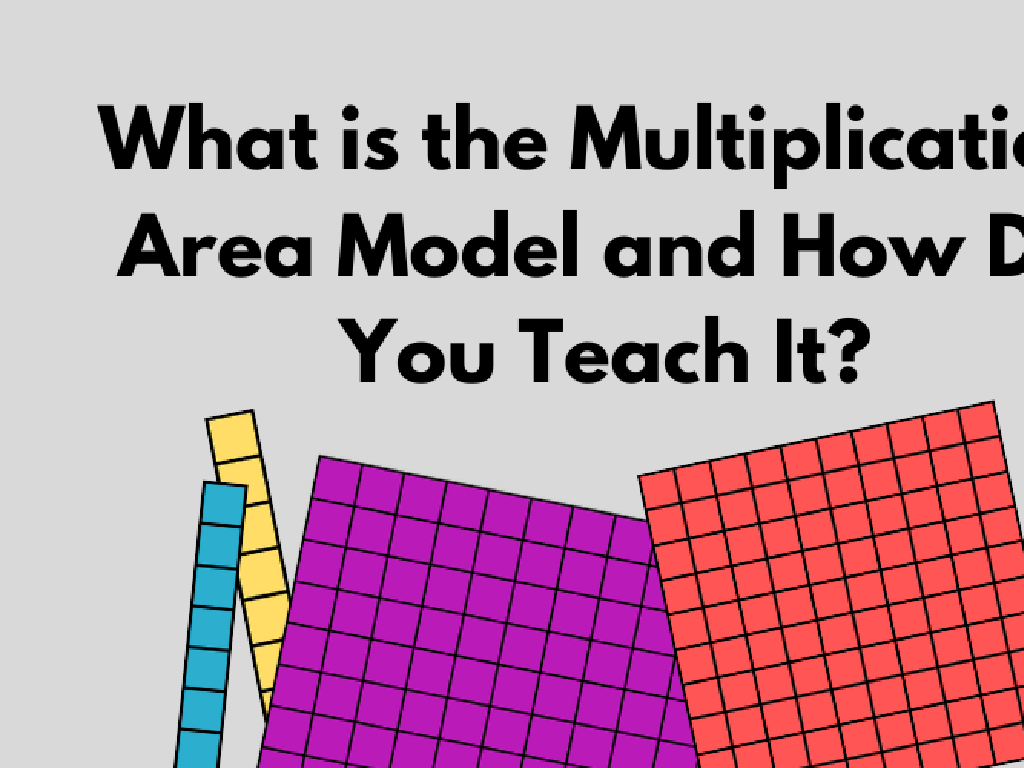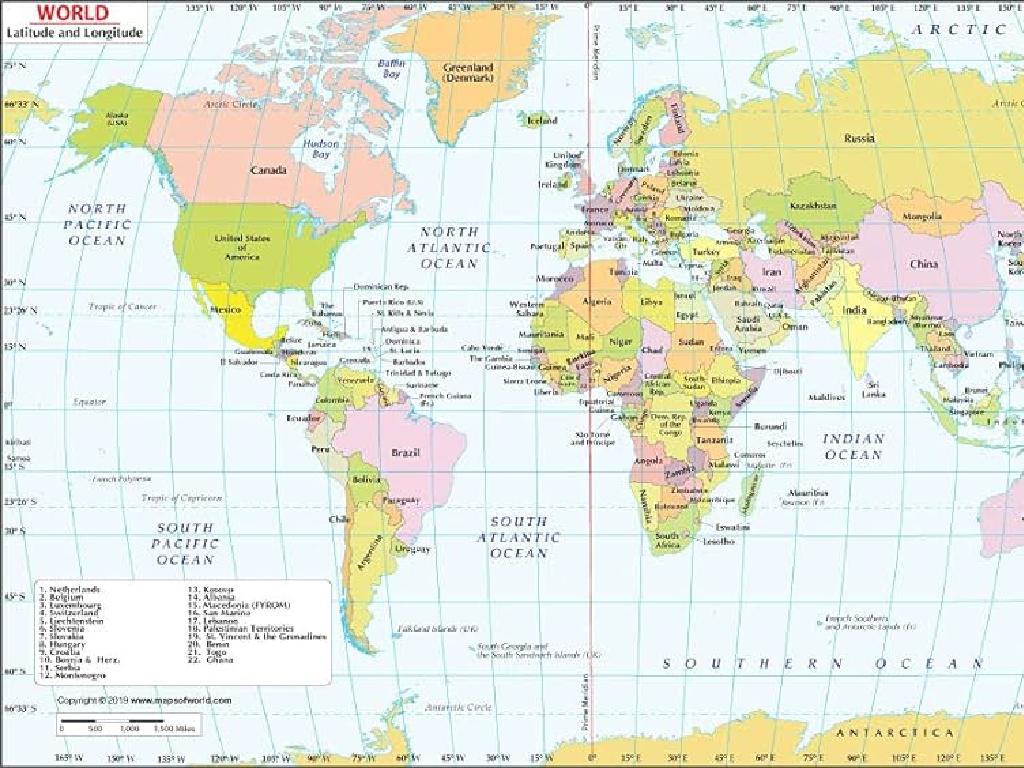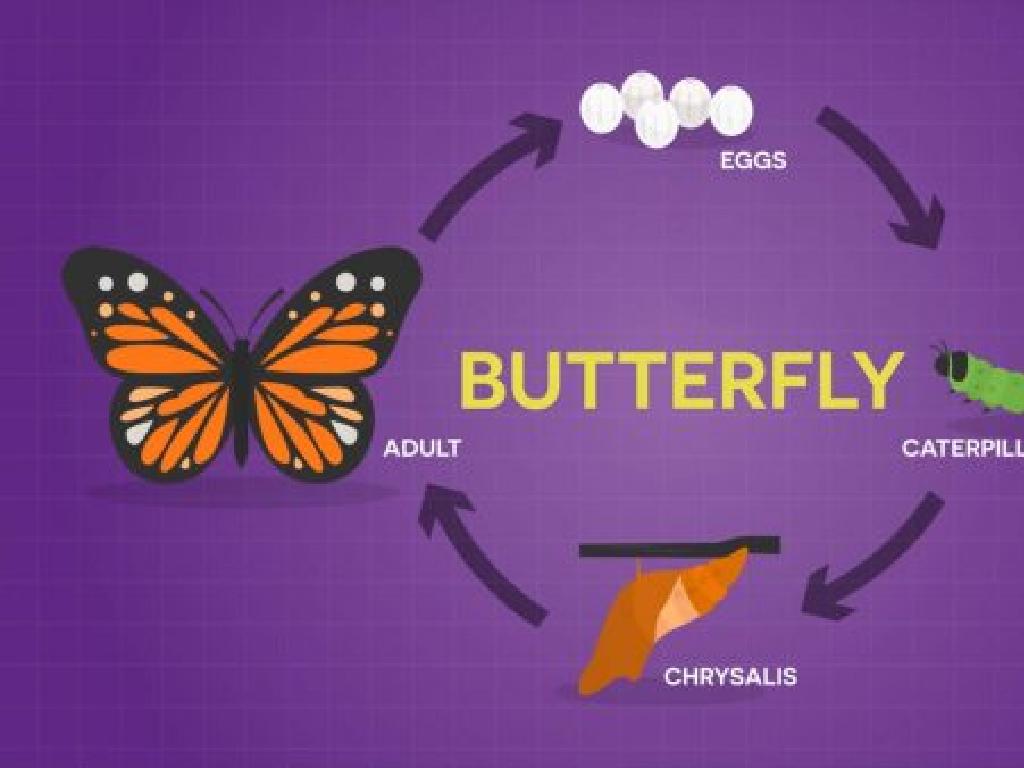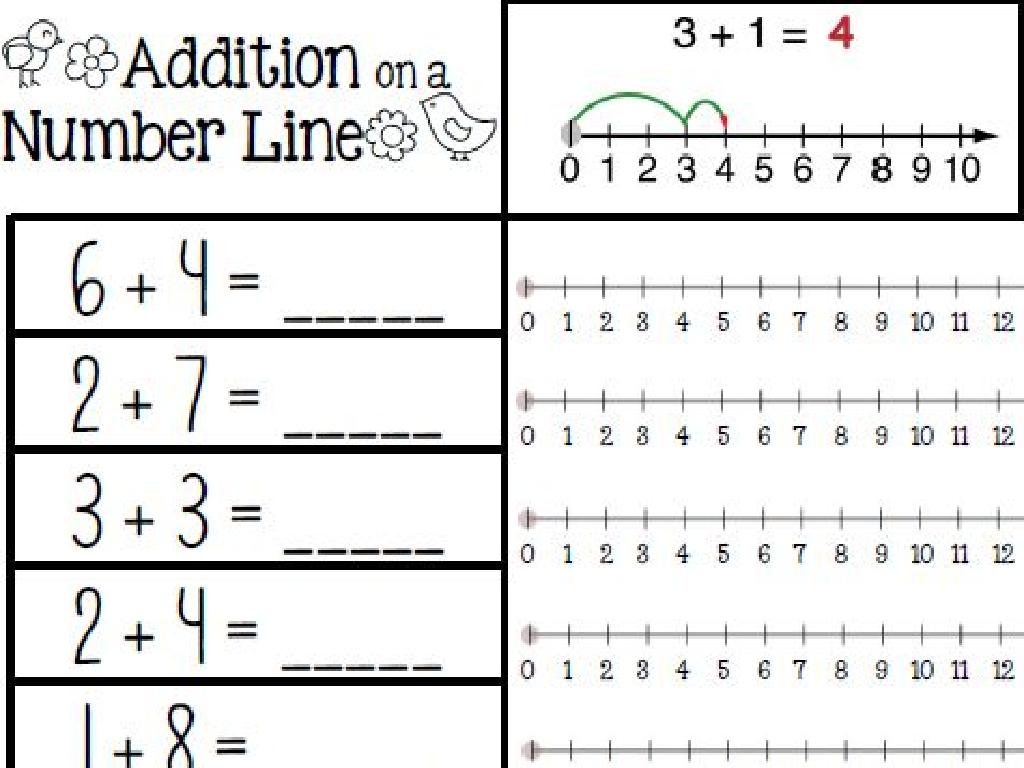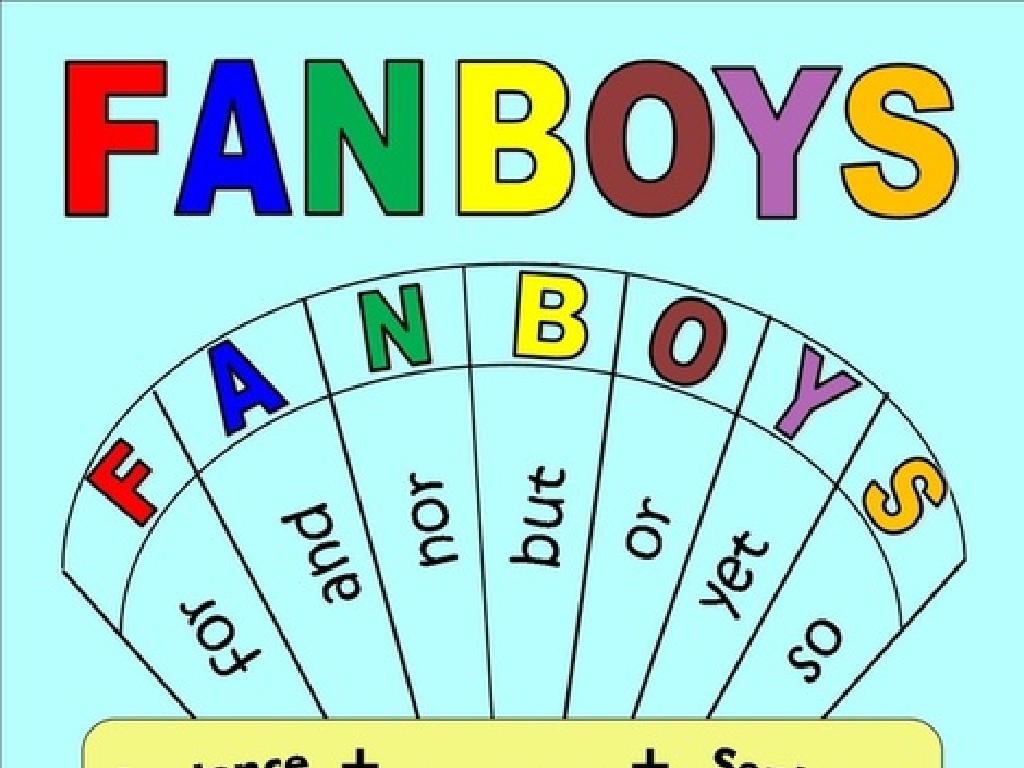Read Along About Food
Subject: Language arts
Grade: Kindergarten
Topic: Read-Along Informational Texts
Please LOG IN to download the presentation. Access is available to registered users only.
View More Content
Welcome to Read-Along: Yummy Foods!
– Today’s tasty topic: Food!
– Reading together is a fun learning journey
– We’ll read a story and learn as a team
– Discover new words about food
– Look for words like ‘apple’, ‘bread’, and ‘carrot’
– Exciting food facts await us!
– Did you know carrots help you see in the dark?
|
This slide is designed to excite Kindergarten students about the day’s read-along activity focused on food. Emphasize the joy of reading together and the opportunity to learn new vocabulary related to food. Encourage the children to think about their favorite foods and be curious about new food facts they will learn. The goal is to create an engaging and interactive environment where students can connect the act of reading with discovering new information about everyday topics like food. Prepare to guide them through the reading, helping them pronounce new words and understand their meanings. After reading, discuss the food facts presented in the book to reinforce their learning.
What is Food?
– Food helps us grow strong
– It gives us energy and nutrients
– Types of food: fruits, veggies & more
– Fruits are sweet, veggies can be crunchy
– Naming foods we ate today
– Share your favorite food from today
– Importance of a balanced diet
|
This slide introduces the concept of food to Kindergarten students, emphasizing its role in growth and health. Start by explaining that food is what people and animals eat to get the energy they need to grow, move, and stay strong. Discuss the different types of food, such as fruits, vegetables, grains, proteins, and dairy, and give examples of each. Engage the students by asking them to name a food they’ve eaten today, which will help them connect the lesson to their daily lives. Highlight the importance of eating a variety of foods to get all the nutrients their bodies need. Encourage them to think about colors, shapes, and flavors of the foods they eat to make the discussion interactive and fun.
Colorful Fruits and Vegetables
– Fruits & veggies have many colors
– They keep us healthy and strong
– Let’s list fruits & veggies we know
– Apples, bananas, carrots, spinach
– Discuss why colors are important
– Different colors mean different nutrients
|
This slide is aimed at engaging Kindergarten students in a discussion about the variety of fruits and vegetables and their importance to health. Start by showing pictures of different colorful fruits and vegetables to capture their interest. Explain that eating a rainbow of foods helps us get all the vitamins and minerals our bodies need. Encourage the children to name fruits and vegetables they are familiar with, and discuss the benefits of each color group. For example, orange fruits and vegetables like carrots are good for eyesight, while green ones like spinach help build strong bones. This activity will help students understand the concept of healthy eating in a fun and interactive way.
Yummy Grains Give Us Energy!
– Grains help us play and learn
– Grains like bread and cereal give us energy for the day.
– Rice, wheat, and oats are grains
– These are found in foods like bread, cereal, and pasta.
– What grains do you enjoy eating?
– Share your favorite grain foods with the class!
|
This slide introduces the concept of grains and their importance in providing energy for daily activities. Start by explaining what grains are and how they help us to play, learn, and grow strong. Show pictures of different grains such as rice, wheat, and oats, and the foods made from them like bread, cereal, and pasta. Ask the children about their favorite grain-based foods to make the lesson interactive and to help them connect the information to their own experiences. Encourage them to think about what they eat at home and discuss the variety of grain foods they enjoy.
Proteins: Building Strong Muscles
– Proteins make muscles strong
– Meat, beans, nuts have protein
– Examples: chicken, lentils, almonds
– Think of a protein food you ate
– Share your protein food in class
– We’ll talk about everyone’s protein foods!
|
This slide introduces the concept of proteins to Kindergarten students in a simple and relatable way. It explains the importance of proteins in building muscles and provides examples of protein-rich foods. Encourage the students to think of a time they ate a protein food, which helps personalize the learning experience. During the next class, create an interactive session where each student shares what protein food they thought of, fostering a discussion on healthy eating habits. This activity not only reinforces the concept of proteins but also enhances their speaking and social skills.
Dairy: Strong Bones and Healthy Snacks
– Dairy helps bones grow
– Dairy has calcium for strong bones
– Milk, cheese, and yogurt
– These are all yummy dairy snacks
– What’s your favorite dairy?
– Share your favorite with the class!
– Dairy is part of a healthy diet
|
This slide introduces the concept of dairy and its benefits to young learners. Emphasize that dairy products are not just tasty but also help our bones to grow strong because they contain calcium. Show pictures of milk, cheese, and yogurt to help students identify these foods. Encourage the children to think about and share their favorite dairy products, fostering a connection between the lesson and their personal experiences. Discuss how dairy is an important part of a balanced diet for growing kids. For children with dairy allergies, mention alternative sources of calcium and ensure inclusivity.
Reading Time: A Food Adventure
– Let’s read a food story
– Follow along with me
– Listen carefully to each word
– Observe the food pictures
– What colors and shapes do you see?
– Think about the foods
– Do these foods look tasty or yucky?
|
This slide is designed to engage Kindergarten students in a read-along activity focused on food. Start by choosing a colorful and engaging storybook about food that is appropriate for the age group. As you read, encourage the children to follow along and pay attention to the pronunciation and rhythm of the words. Use the pictures to help them connect the words to visual images, enhancing their comprehension and vocabulary. Ask them to describe the foods in the pictures, discuss if they have tasted them, and if they liked them. This activity will help develop their listening skills, understanding of food vocabulary, and ability to associate words with images.
Class Activity: Let’s Create a Food Collage!
– Find pictures of favorite foods
– Cut out the food pictures
– Use safety scissors to cut out pictures
– Glue pictures on paper
– Make your own food collage
– Arrange them to make a fun collage
|
This activity is designed to be a fun and interactive way for students to engage with the topic of food while practicing their fine motor skills. Provide students with a variety of food magazines or printouts and safety scissors. Assist them in cutting out pictures of foods they like or want to learn more about. Then, guide them in gluing these pictures onto a piece of paper to create a collage. This activity can also be a springboard for discussions about healthy eating, food groups, and personal food preferences. Encourage creativity and ensure each student has the opportunity to share their collage and talk about the foods they chose. Prepare to have a discussion about the different foods and why they are important for our bodies.
Share Your Food Collage
– Show your collage to classmates
– Discuss your favorite foods
– Maybe you love apples or pizza?
– Explain why you picked them
– Is it the taste or the color that you like?
– Listen to friends’ food choices
|
This slide is for a class activity where students will present their food collages to the class. Encourage each child to speak about their favorite foods depicted in their collage and explain their reasons for choosing them, which could be taste, color, or any other preference. Emphasize the importance of listening and being respectful while others are sharing. This activity will help students practice their speaking skills and learn to appreciate diverse food choices. Prepare to facilitate the discussion and ensure each child gets a chance to share. Offer prompts to help them describe their choices if they’re hesitant.
Fantastic Food Adventure Recap
– Proud of our food reading journey
– Variety in food equals health
– Eating different foods gives us nutrients
– Continue food exploration at home
– Ask to help with cooking to learn more
– Excited to try new foods?
– Share what new food you liked best!
|
This slide concludes our reading session about food, emphasizing the importance of a varied diet for maintaining good health. It’s meant to encourage the children to feel proud of what they’ve learned and to inspire them to keep exploring the world of food. Remind them that trying new foods can be fun and that they can continue their food adventure at home by helping with cooking and choosing new foods to try. Ask the children to think about their favorite new food they learned about today and encourage them to share their experiences with the class in the next session.

